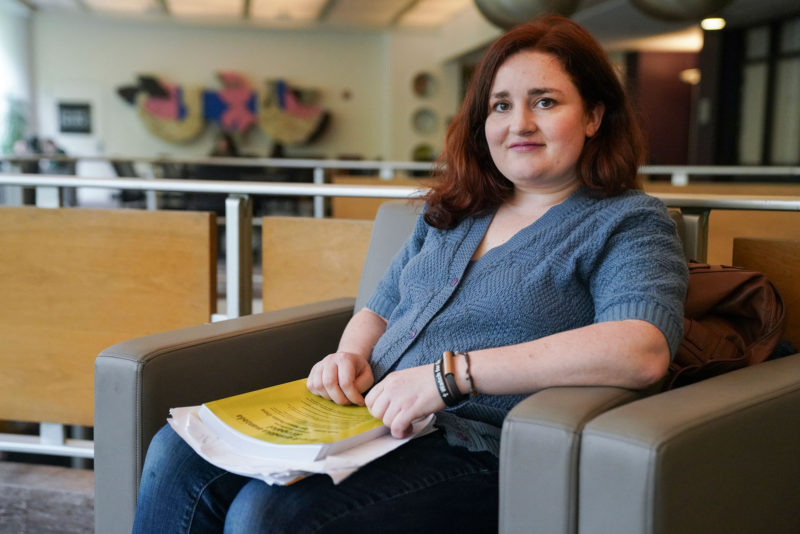Universities that are recruiting older students often leave them floundering
Last Updated on 1 September 2023

A day-care center at Portland State University. Twenty-two percent of the students at the university are parents — half of them raising kids alone.
PORTLAND, Ore. — Under gray skies, smiling 8- and 9-year-olds in shiny raincoats skip across the Portland State University campus. Infants and toddlers are napping in the student center.
These aren’t necessarily child prodigies. They belong to students who have come to college later in their lives than traditional undergraduates.
Twenty-two percent of the 28,000 students at the university are parents — half of them raising kids alone. Sixty-eight percent work at least part time and 44 percent full time or more, 1,500 are military veterans, and almost two-thirds have transferred from somewhere else. The average age is 27.
Woven into the city’s downtown, where several bus and trolley lines converge, Portland State provides them with child care, family-friendly study lounges and commencements, lactation rooms, a streamlined transfer review process, emergency short-term loans and instructors who understand the time constraints of parents and other nontraditional-aged students who have outside jobs and financial obligations.
“It would be harder at a traditional university because there are sort of expectations like that after school you can just go home and do this project and tomorrow have it ready,” said Jade Souza, a 36-year-old divorced mother of three who is close to getting her bachelor’s degree, in Spanish language and literature.
“Here the professors understand that for a lot of students that’s not the case so they’re structuring things so there’s a little flexibility. They’re not assuming that you’re going straight home. They’re assuming you might have to work after this.”
Yet at a time when universities nationwide are aggressively recruiting students like Souza, who face a myriad of obstacles traditional-aged students don’t, the kind of help she’s gotten on this campus is more of an exception than the rule.
“A lot of institutions will assume that these adults will just make changes in their lives in order to adjust to the educational institution’s structure and design,” said Rebecca Klein-Collins, associate vice president for research at the Council for Adult and Experiential Learning. “They don’t understand that they as institutions need to make adjustments.”

Jade Souza, a 36-year-old mother of three who is getting her bachelor’s degree at Portland State University. Faculty there “are not assuming that you’re going straight home. They’re assuming you might have to work after this.”
With the number of 18- to 24-year-olds down and expected to remain flat through at least 2035, according to the U.S. Census Bureau, older students make up an increasingly important market for universities and colleges. More than 35 million Americans over 25 have some college credits, but never got degrees, the Census Bureau says — a huge pool of potential customers.
Twenty-nine percent of undergraduate and 77 percent of graduate students are 25 or older, the U.S. Department of Education reports, belying the stereotype that every college campus is populated by 18-year-olds who live in dorms or fraternities and go to football games on Saturdays.
Among these older students, more than half are parents, according to the Institute for Women’s Policy Research. Two-thirds have low incomes, compared to 36 percent of their traditional-aged classmates. Fifty-seven percent work at least 20 hours a week, versus 39 percent of younger students. And 44 percent, compared to 19 percent of traditional undergrads, enroll part-time.
To continue reading, click on the page number below…
We cover inequality and innovation in education with in-depth journalism that uses research, data and stories from classrooms and campuses to show the public how education can be improved and why it matters.

